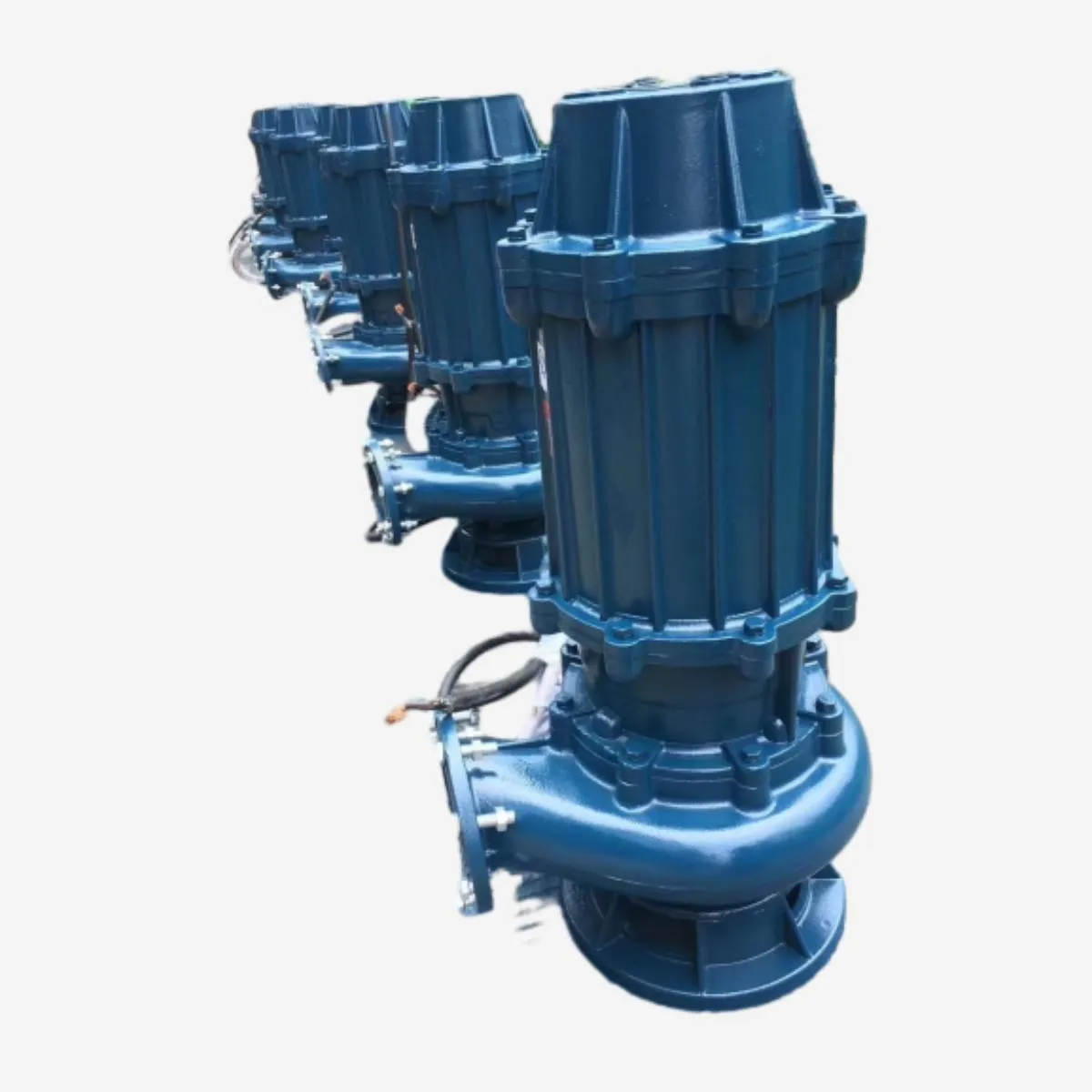Finnish
- Afrikaans
- Albanian
- Amharic
- Arabic
- Armenian
- Azerbaijani
- Basque
- Belarusian
- Bengali
- Bosnian
- Bulgarian
- Catalan
- Cebuano
- Corsican
- Croatian
- Czech
- Danish
- Dutch
- English
- Esperanto
- Estonian
- Finnish
- French
- Frisian
- Galician
- Georgian
- German
- Greek
- Gujarati
- Haitian Creole
- hausa
- hawaiian
- Hebrew
- Hindi
- Miao
- Hungarian
- Icelandic
- igbo
- Indonesian
- irish
- Italian
- Japanese
- Javanese
- Kannada
- kazakh
- Khmer
- Rwandese
- Korean
- Kurdish
- Kyrgyz
- Lao
- Latin
- Latvian
- Lithuanian
- Luxembourgish
- Macedonian
- Malgashi
- Malay
- Malayalam
- Maltese
- Maori
- Marathi
- Mongolian
- Myanmar
- Nepali
- Norwegian
- Norwegian
- Occitan
- Pashto
- Persian
- Polish
- Portuguese
- Punjabi
- Romanian
- Russian
- Samoan
- Scottish Gaelic
- Serbian
- Sesotho
- Shona
- Sindhi
- Sinhala
- Slovak
- Slovenian
- Somali
- Spanish
- Sundanese
- Swahili
- Swedish
- Tagalog
- Tajik
- Tamil
- Tatar
- Telugu
- Thai
- Turkish
- Turkmen
- Ukrainian
- Urdu
- Uighur
- Uzbek
- Vietnamese
- Welsh
- Bantu
- Yiddish
- Yoruba
- Zulu
Telephone: +86 13120555503
Email: frank@cypump.com
joulu . 12, 2024 09:57 Back to list
best pump for slurry
Choosing the Best Pump for Slurry Applications
When it comes to managing slurry in various industries, selecting the right pump is crucial for ensuring efficiency, durability, and cost-effectiveness. Slurry, a mixture of solid particles and liquid, is commonly found in sectors such as mining, wastewater treatment, and construction. The handling of this material can present unique challenges, leading to the need for specialized pumping solutions.
Understanding Slurry Characteristics
Before diving into pump selection, it's essential to understand the characteristics of the slurry you will be dealing with. The viscosity, density, particle size, and composition of the slurry can all significantly impact pump performance. For instance, a slurry with large, abrasive particles may require a more robust pump design compared to one with finer particles. Additionally, the pH level and temperature of the slurry can influence material selection for pump components—corrosive slurries may necessitate pumps made from resistant materials.
Types of Slurry Pumps
1. Centrifugal Pumps These are the most common type of pumps used for slurry applications. Centrifugal pumps are ideal for low-viscosity slurries and can handle moderate concentrations of solids. However, they tend to struggle with high-viscosity or very abrasive mixtures.
2. Positive Displacement Pumps For slurries with high viscosity or large particle sizes, positive displacement pumps are often more effective. They work by trapping a fixed amount of fluid and forcing it through the pump. Gear pumps, diaphragm pumps, and screw pumps are types of positive displacement pumps that can handle challenging slurry conditions.
3. Submersible Pumps In applications where the slurry needs to be removed from a pit or tank, submersible pumps come in handy. They can be designed specifically for sludge and slurry applications, often equipped with agitators to keep solids in suspension.
4. Hydraulic Pumps These pumps, often used in mining and heavy-duty applications, can handle high solid concentrations and aggressive slurries. They use hydraulic energy to move slurries, making them a powerful choice for challenging environments.
best pump for slurry

Key Features to Consider
When selecting the best pump for slurry applications, several features should be considered
- Material of Construction Look for pumps made of strong, wear-resistant materials like high-chrome alloys or rubber linings to withstand the abrasive nature of slurry.
- Pump Design Choose a pump design that minimizes clogging and promotes efficient flow. Larger inlet sizes and specialized impeller designs can enhance performance.
- Maintenance Requirements Slurry pumps need regular maintenance due to wear and tear from abrasive materials. Selecting a pump that allows for easy disassembly and part replacement can save downtime and costs in the long run.
- Efficiency Pump efficiency is crucial for reducing operational costs. An efficient pump will consume less energy and reduce wear on components.
Conclusion
Selecting the best pump for slurry applications involves a careful evaluation of the slurry's unique properties and the specific requirements of the application. It is essential to weigh the pros and cons of each pump type, considering factors such as material durability, design features, and maintenance needs. By doing so, industries can optimize their slurry handling processes, reducing operational costs while enhancing efficiency and productivity. Moreover, consulting with experts and manufacturers can provide additional insights into which slurry pump is most suitable for your specific needs, ensuring you make an informed decision that supports your business objectives.
-
ISG Series Pipeline Pump - Chi Yuan Pumps | Energy Efficiency&Compact Design
NewsAug.03,2025
-
ISG Series Vertical Pipeline Pump - Chi Yuan Pumps Co., LTD.|High Efficiency, Low Noise, Durable
NewsAug.02,2025
-
ISG Series Vertical Pipeline Pump - Chi Yuan Pumps | High Efficiency, Low Noise
NewsAug.02,2025
-
ISG Series Vertical Pipeline Pump- Chi Yuan Pumps Co., LTD.|High Efficiency&Compact Design
NewsAug.02,2025
-
Heavy-Duty Mining Sludge Pumps - Wear-Resistant Slurry Handling
NewsAug.02,2025
-
Horizontal Split Case Pump with GPT-4 Turbo | High Efficiency
NewsAug.01,2025










